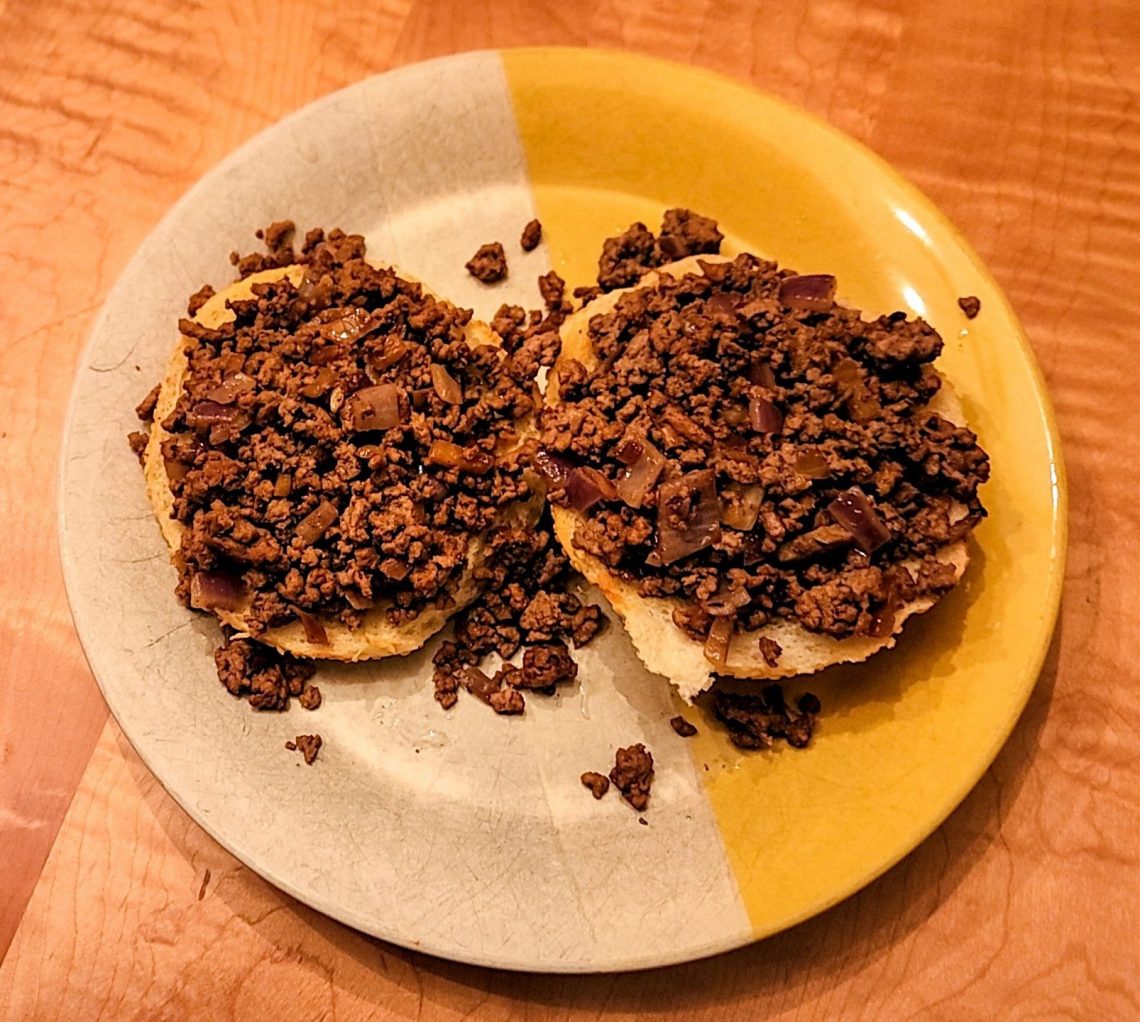
Local Fare: What’s In a Funny Name?
One of my faithful subscribers wonders about regional favorite foods, especially those dishes with unusual names. Those I picked for this blog represent local food traditions, a part of the fabric of church suppers, pub fare, and the lives of the average people who inhabit these regions. Many arose from the indigenous people or from immigrants who adapted ingredients in their new homeland.
Since moving to Massachusetts in the 1960s, I’ve come to appreciate local specialties like the classic fluffernutter, a sandwich of peanut butter and marshmallow fluff. When I moved from the Illinois farmland, I left behind smorgasbords that featured scalloped corn, fried cheese curds, and casseroles of endless variety. Over the years, I’ve consumed my share of New England seafood – not just steamers (steamed whole clams) and chowder, but stuffies (a Rhode Island specialty of chopped clams, linguiça, and onion mixed with breadcrumbs, packed back into their shells and roasted). Thanks to the plentiful fish of New England, English, Italian, and Portuguese families used the local ingredients for the familiar cooking of their homelands. Clam chowder, for example, was adopted from a Native American approach to dining on clams.
From chop suey to chow mein
What I love about the regional fare, besides the oddball names, is that it is often a celebration of people, place, and time. For instance, church suppers and other gatherings that request dishes to pass feature easy-to-make, portable, appetite-satisfying dishes of outstanding flavor that make use of local ingredients. They are dishes easily found on family dinner tables in the various regions. Here in New England, an old standby is American chop suey – a concoction of hamburger, tomatoes, and elbow macaroni – and the boiled dinners descended from Irish immigrants: corned beef, carrots, onions, and cabbage. You can even find a chow mein sandwich created in Fall River, Massachusetts in the 1930s as cheap eats in an economically depressed area.
Now that we’re comfortable traveling again, I’m looking forward to the opportunity to sample more local specialties. On past travels, I tended to find these dishes not in a fine restaurant, but in the diners and the community restaurants – some known as “supper clubs” in the upper Midwest. In southern Wisconsin, I’ve had pasties and cheese curds. Further north near Lake Michigan in Door County, I’ve experienced an outdoor fish boil – whitefish and potatoes cooked over a fire in a large pot. When cooking is finished, a little diesel fuel is thrown on the fire, for effect (and to force the fats and oils to boil over the side).
From chow-chow to loco moco
In Pennsylvania, I’ve eaten scrapple (a sausage made of pork trimmings combined with cornmeal, wheat flour, and spices, then sliced and fried) and chow-chow (a pickled relish of Acadian origin made with green and red tomatoes, onions, carrots, and other garden vegetables). In Florida, I’ve dined on conch fritters and Key lime pie, and in Hawaii, Spam sushi, poke, and loco moco. I’ve had ham and red-eye gravy in Virginia, burnt ends and chicken-fried steak in Texas, and fry bread in New Mexico. While in college in Iowa, I had my share of batter-fried pork tenderloin sandwiches and the ubiquitous Tater Tot casseroles.
Dishes such as loco moco and pasties arose as low-cost meals. Loco moco, using leftover rice topped with hamburger and covered with gravy and a fried egg, is a common breakfast all over Hawaii. It was created at a restaurant in Hilo at the request of a teen sports club who wanted a low-cost alternative to sandwiches. It was named for one of their members, George Okimoto, whose nickname was “crazy.” Pasties, inspired by the Welsh immigrants who worked the lead mines in the upper Midwest, were a hearty lunch. The previous night’s leftover potatoes, carrots, and meat were wrapped in a folded pastry shell and baked for the next day’s lunch bucket.
What I also like about these offerings is that, for the most part, they’re easy to adapt to local ingredients. They may not be elegant cuisine, but if you need to feed a large, hungry group, they’re a great choice. I’ve made quite a few myself, like a hot dish, the northern Midwest casserole topped with Tater Tots. I’ve cooked up tamale pie for a family dinner, and last week, made myself a loose meat sandwich (photo above).
A few more I’d love to try are Low Country frogmore stew, Florida’s frita cubana, northern California’s hangtown fry, Midwestern hopple popple, Frito pie from Texas, and Kentucky’s hot brown. That said, I’ll pass on chitterlings and Rocky Mountain oysters. But this summer, I’ll be in search of the local beach pizza.
To comment, please click on “Read in Browser” or on the headline to view the blog on the website. You can log in and comment at the end of the blog to share your thoughts and start a discussion.
If you’d like to share the blog, click on the Facebook icon or one of the others. Thanks!





2 Comments
Tracy May
Well, Farmboy, if you’re going to pass on the Rocky Mountain oysters I think you’d better hang up your cowboy hat. I had ’em in Cody, Wyoming after completing a 9-day pack trip in the wilds of the Grand Tetons. Regardless of how well we were provided for at 9,000 ft by the camp cook, survival mode lingered upon my return to civilization and I was willing to eat anything that was put in front of me. And I’ve been known to take a dare here and there anyway, so it was only fitting that I consume deep-fried bull testicles with a side of alligator meat. That said*, I think I will pass on the spam sushi and agree to hang up my lei and kimono in solidarity.
*Yeah, I know what you’re thinking, Mrs. Farmboy.
Steve Brayton
Hey Farmboy, how could you overlook that old New England favorite, succotash?
And how ’bout a michigan? (quiz: What is it & Where is it popular?)